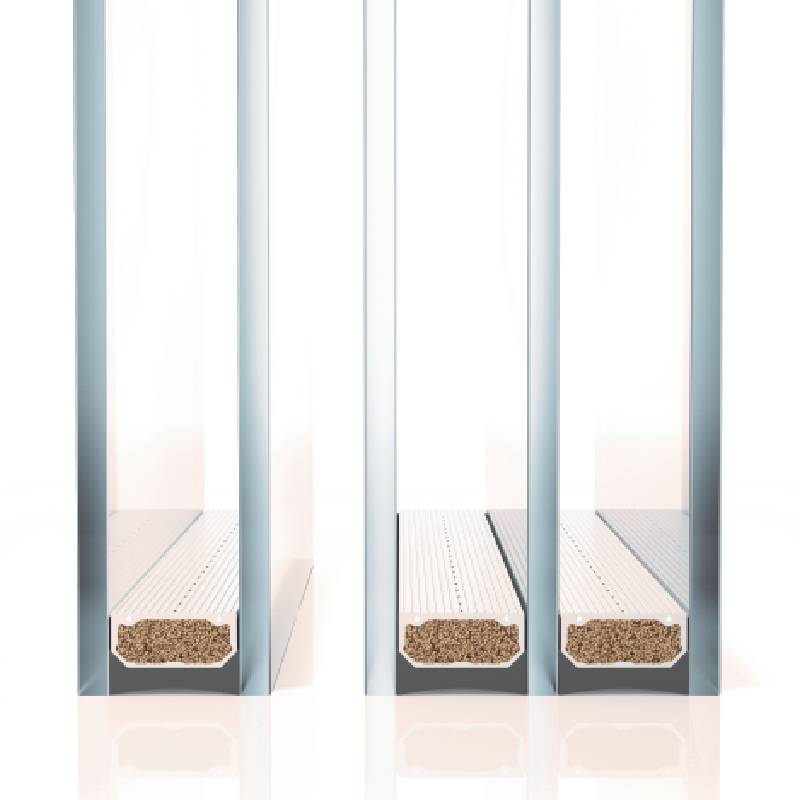

The Versatility of Tinted Glass Sheets An In-Depth Exploration
In the world of architecture and interior design, tinted glass sheets have emerged as a quintessential material, marrying functionality with aesthetic appeal. These specialized glass products offer a unique blend of aesthetic possibilities and practical benefits, making them a favored choice for residential, commercial, and industrial applications alike.
Understanding Tinted Glass Sheets
Tinted glass sheets are made by adding various metal oxides during the manufacturing process, which results in a glass that has a slight coloration. The degree of tint can vary, offering a range from light to dark shades. This range allows architects and designers to choose the perfect hue to complement their design vision while achieving specific thermal and visual qualities. Common colors include bronze, gray, green, and blue, each providing a distinct feel and atmosphere to spaces.
Key Benefits of Tinted Glass Sheets
1. Solar Control One of the primary advantages of tinted glass is its ability to control solar radiation. The tint reduces the amount of heat that enters a building, thereby improving energy efficiency. This feature is particularly beneficial in warmer climates, where excessive heat can lead to increased air conditioning costs. By minimizing glare and heat, tinted glass contributes to a more comfortable indoor environment.
2. Privacy Tinted glass sheets offer an added level of privacy without significantly compromising natural light. This makes them an excellent choice for residential bathrooms, office spaces, and urban buildings where privacy is crucial. The tinted quality allows occupants to enjoy their spaces without fearing prying eyes from the outside.

3. Aesthetic Appeal Beyond practicality, tinted glass sheets enhance the visual appeal of buildings. Their sleek, contemporary look contributes to modern architectural styles, providing a polished finish that can elevate the overall design. Tinted glass can create striking contrasts against other building materials, creating a visually interesting façade.
4. UV Protection Tinted glass also serves as a barrier against harmful ultraviolet (UV) rays. Prolonged exposure to UV radiation can damage furniture, flooring, and artwork, leading to fading and deterioration over time. By incorporating tinted glass into a design, property owners can help protect their interiors from these effects while enjoying natural light.
Applications of Tinted Glass Sheets
The versatility of tinted glass sheets extends across various applications. In residential settings, they are commonly used in windows, sliding doors, and partitions to create a tranquil and private atmosphere. In commercial spaces, tinted glass is frequently incorporated into storefronts and office buildings, not just for aesthetic reasons but also for energy efficiency.
Industrially, tinted glass can be employed in manufacturing facilities and laboratories where heat reduction and control over lighting conditions are crucial. It also plays a significant role in automotive design, where tinted windows can enhance both the look of the vehicle and the comfort of its passengers.
Conclusion
In conclusion, tinted glass sheets represent a significant advancement in building materials, offering a myriad of benefits that cater to both form and function. As sustainability and energy efficiency become increasingly important in modern architecture, the demand for tinted glass is likely to grow. Its aesthetic versatility, coupled with practical advantages such as solar control, privacy, and UV protection, makes it an essential choice for anyone looking to enhance their living or working environment. As architects and designers continue to explore innovative ways to incorporate tinted glass, we can expect this material to play a pivotal role in the future of architectural design.